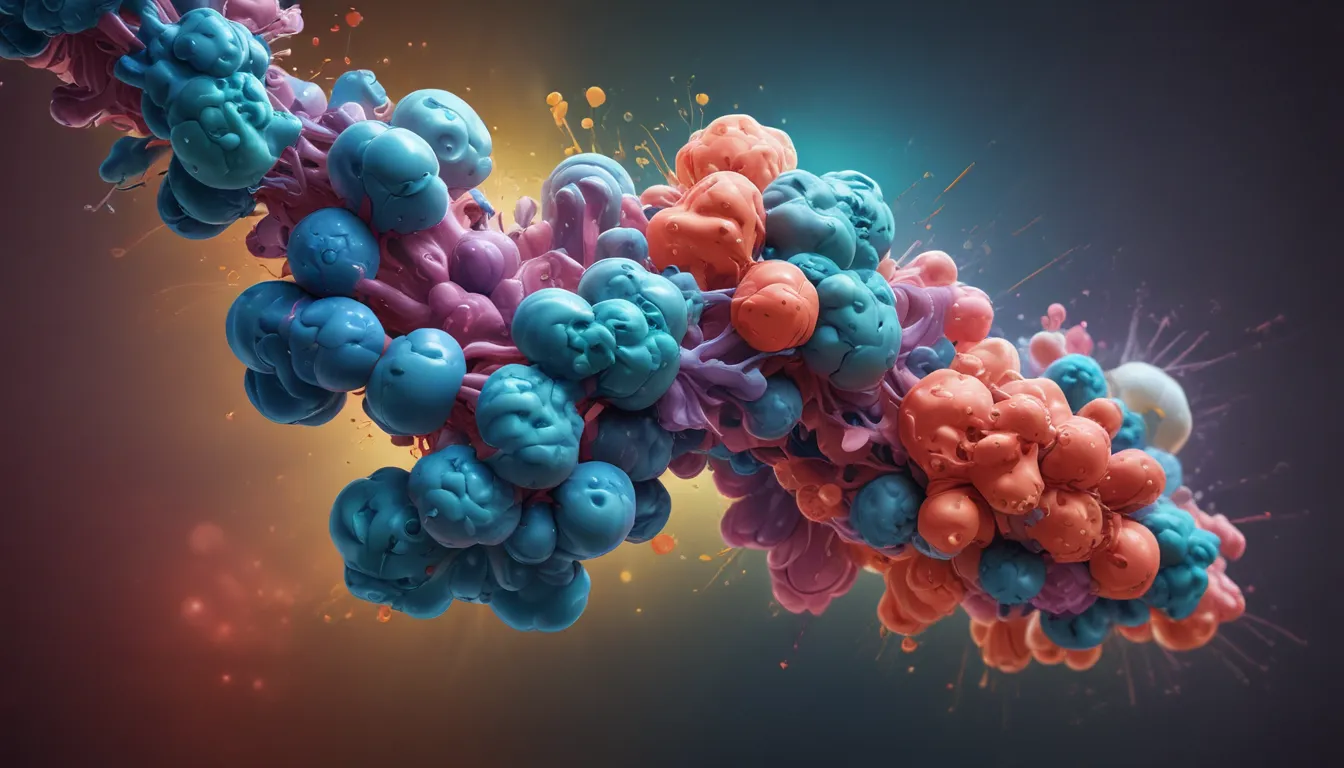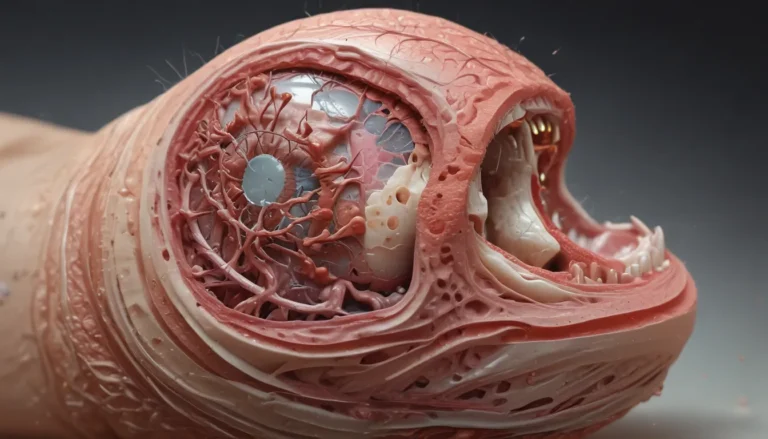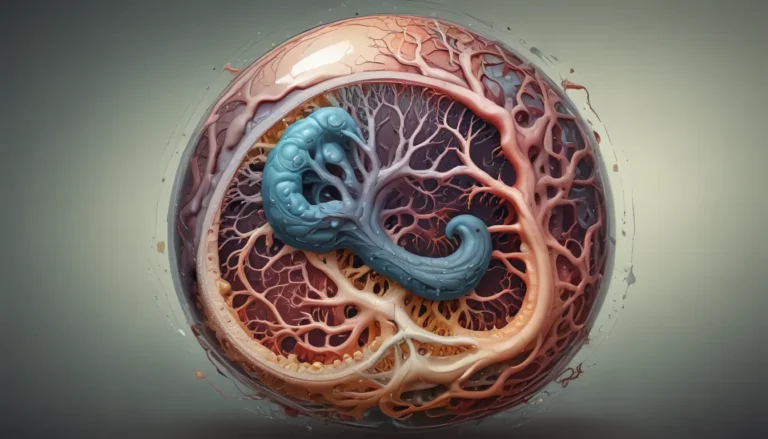A Note About Images: The images used in our articles are for illustration purposes only and may not exactly match the content. They are meant to engage readers, but the text should be relied upon for accurate information.
In the intricate realm of cellular biology, histone acetylation emerges as a pivotal player in orchestrating gene expression and influencing a myriad of biological processes. By delving into the world of histone acetylation, we uncover a tapestry of extraordinary facts that showcase the complexity and significance of this biochemical phenomenon. From its role in shaping chromatin structure to its implication in disease development, histone acetylation continues to captivate scientists and researchers, paving the way for groundbreaking discoveries in the field of epigenetics.
The Gateway to Gene Expression
Histone acetylation serves as a key regulator in unlocking the door to gene expression by loosening the structure of chromatin. This process allows transcription factors to access the DNA, initiating gene activation that ultimately shapes our traits and influences our health. It’s akin to a carefully crafted recipe that molds our genetic destiny by responding to environmental factors and dietary choices.
Decoding Epigenetic Modifications
At the heart of histone acetylation lies an epigenetic modification that wields the power to alter gene expression without directly manipulating the DNA sequence. Acting as a heritable marker, histone acetylation exerts its influence across generations, finely tuning gene activity to regulate a diverse array of biological functions.
The Mechanism of Addition
During histone acetylation, acetyl groups are delicately added to specific amino acids on histone proteins with the aid of enzymes known as histone acetyltransferases (HATs). This intricate process catalyzes the transformation of chromatin structure, opening up avenues for gene activation and regulatory signaling.
A Dance of Balancing Acts
Histone acetylation operates as a reversible process, seamlessly orchestrated by an ensemble of enzymes known as histone deacetylases (HDACs). These enzymes delicately remove acetyl groups from histones, setting the stage for gene repression and chromatin condensation, thus intricately regulating gene expression patterns.
Guardians of DNA Integrity
Histone acetylation emerges as a guardian of DNA integrity, aiding in the recruitment of DNA repair proteins to damaged sites and facilitating the intricate process of DNA repair mechanisms. This pivotal role highlights the importance of histone acetylation in preserving genomic stability and cellular homeostasis.
A Symphony of Structural Changes
The orchestration of histone acetylation orchestrates a symphony of structural changes within chromatin, leading to a more relaxed and accessible state that invites transcription factors and regulatory proteins to bind to specific gene regulatory regions. This intricate dance shapes gene expression patterns and guides cellular function.
The Interplay with Histone Methylation
Histone acetylation intertwines with histone methylation in a delicate interplay of regulatory processes. While histone acetylation generally promotes gene expression, histone methylation exerts dual effects by activating or repressing gene activity, adding layers of complexity to chromatin dynamics.
Unveiling Connections to Cancer
Aberrant patterns of histone acetylation have been implicated in various types of cancer, where altered levels of histone acetylation can disrupt gene expression patterns and drive tumorigenesis. Understanding these connections provides valuable insights into the development and progression of cancer.
Nurturing Environmental Influences
The impact of environmental factors, such as diet and chemical exposures, reverberates through histone acetylation patterns, shaping gene expression profiles and influencing disease susceptibility. These epigenetic changes underscore the profound impact of environmental cues on our genetic makeup.
Harnessing Therapeutic Avenues
Manipulating histone acetylation levels holds promising therapeutic potential in combating various diseases, including cancer and neurological disorders. HDAC inhibitors, in particular, are paving the way for novel anti-cancer therapies, highlighting the clinical relevance of targeting histone acetylation processes.
A Symphony of Developments
Histone acetylation emerges as a dynamic player in developmental regulation, modulating cellular differentiation and establishing cell-specific gene expression patterns. This intricate ballet of histone modifications shapes the landscape of cellular identity and function, guiding embryonic development and tissue specialization.
Unraveling the Histone Code
The histone code hypothesis proposes a sophisticated language of histone modifications, including acetylation, that acts as a regulatory code to control gene expression and cellular functions. This code unlocks a realm of regulatory mechanisms that fine-tune gene activity and orchestrate cellular responses.
A Tapestry of Memories
Histone acetylation weaves its threads into the fabric of memory formation and synaptic plasticity, regulating the expression of genes crucial for neuronal function and cognitive processes. This intricate connection underscores the role of epigenetic modifications in shaping our cognitive abilities and memory retention.
Navigating the Path to Longevity
Studies hint at a tantalizing link between histone acetylation and lifespan, suggesting that modulating histone acetylation levels may influence the aging process in model organisms. This intriguing connection opens doors to exploring the mechanisms that underpin cellular aging and longevity.
Guiding Cells Through Stress
Histone acetylation acts as a guiding compass for cells navigating through the tumultuous waters of stress, regulating the expression of stress-related genes and enabling cellular adaptation to changing environmental conditions. This adaptive response underscores the role of histone acetylation in maintaining cellular resilience.
Conclusion: Embracing the Marvels of Histone Acetylation
Histone acetylation stands as a testament to the intricate tapestry of gene regulation and cellular function, unfolding a world of possibilities for therapeutic interventions and scientific breakthroughs. By unraveling 15 extraordinary facts about histone acetylation, we embark on a journey of discovery that illuminates the profound impact of epigenetic modifications on our genetic makeup and overall well-being. With each revelation, we delve deeper into the realms of biology and medicine, poised on the brink of transformative insights that may revolutionize healthcare and biological research.
FAQs: Navigating the Path to Knowledge
Q: What is histone acetylation?
A: Histone acetylation is a chemical modification that occurs on histone proteins, altering chromatin structure and gene expression patterns by loosening the chromatin and facilitating transcription factor access to DNA.
Q: What enzymes are involved in histone acetylation?
A: Histone acetylation is catalyzed by histone acetyltransferases (HATs), which add acetyl groups to histone proteins. Histone deacetylases (HDACs) are responsible for removing acetyl groups, leading to gene repression.
Q: How does histone acetylation influence gene expression?
A: Histone acetylation modulates gene expression by remodeling chromatin structure, making DNA more accessible to transcription factors and regulatory proteins, thereby promoting gene activation.
Q: Can histone acetylation be inherited?
A: Histone acetylation can be inherited through epigenetic mechanisms, affecting gene expression patterns across generations without altering the DNA sequence, showcasing the enduring impact of epigenetic modifications.
Q: Is histone acetylation linked to diseases?
A: Yes, histone acetylation abnormalities have been associated with various diseases, including cancer, where dysregulated histone acetylation can disrupt gene expression profiles and contribute to disease pathogenesis, highlighting the clinical relevance of targeting histone modifications in therapeutic strategies.
Illuminating the Path Ahead
As we journey through the intricate landscape of histone acetylation, we uncover the intricate dance of enzymes, proteins, and DNA that shape our genetic destiny. By unraveling the mysteries of these processes, we lay the groundwork for transformative discoveries that have the potential to revolutionize healthcare and scientific research. With each discovery, we inch closer to unlocking the secrets of our genetic blueprint and harnessing the power of epigenetic modifications to pave the way for innovative treatments in the field of medicine and biology. Get ready to dive deep into the wonders of histone acetylation and embark on a journey of exploration and discovery that promises to unveil insights that will shape the future of science and healthcare.






